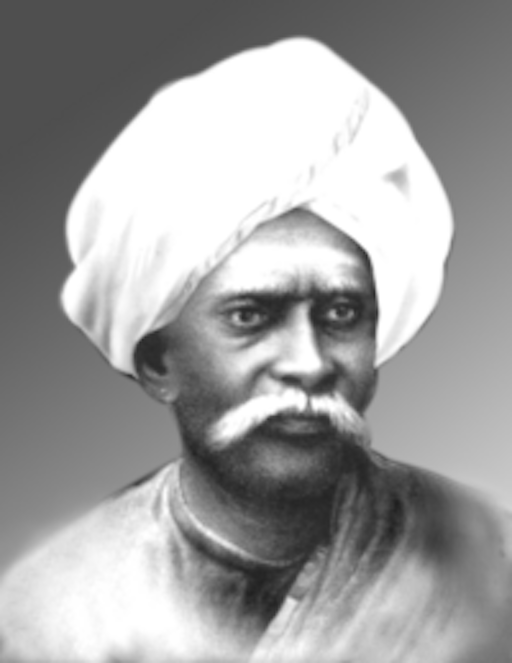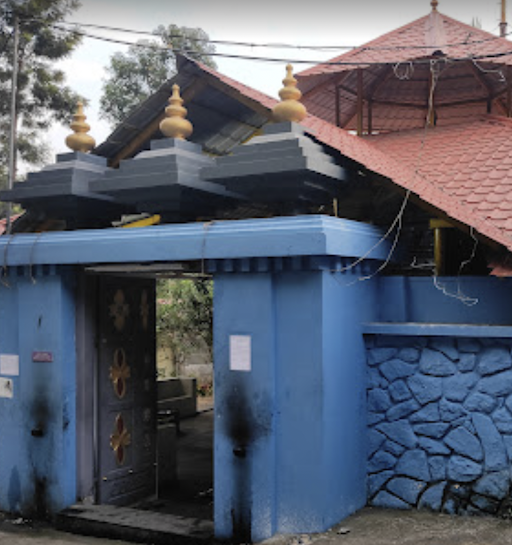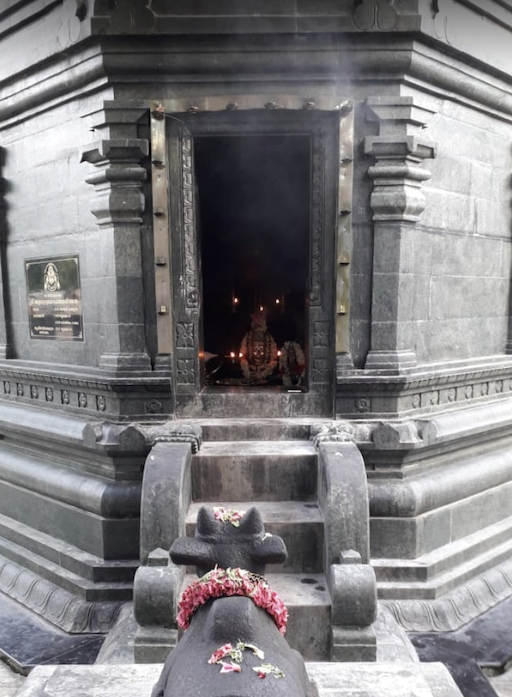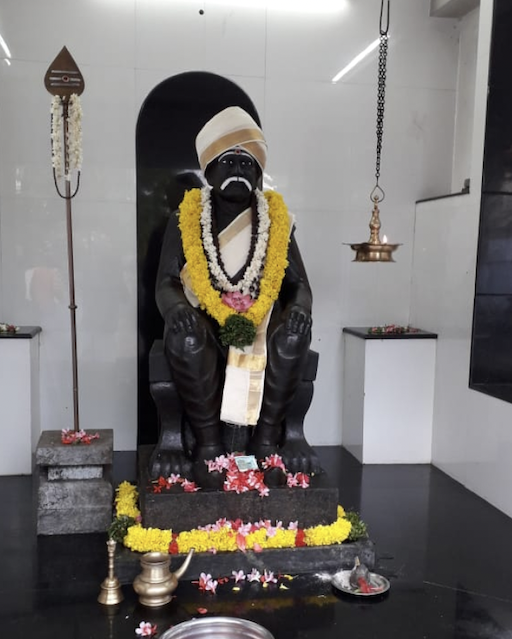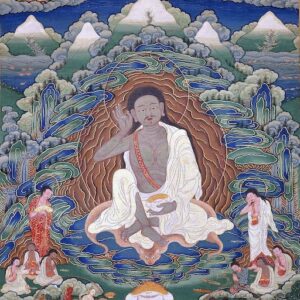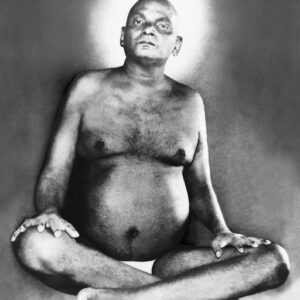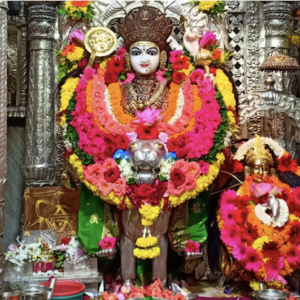This is a Samadhi of Sree Sri Thycaud Ayyaguru. The samadhi is inside a temple inside the premises. There is a place to sit and meditate next to the Samadhi. You can go into meditative states here effortlessly.
How to get there
This Samadhi is located 2 kms East of Thiruvananthapuram train station.
Map: https://goo.gl/maps/cXvqkXX2wjt78f7z5
About Sri Thycaud Ayyaguru
Ayyavu Swamikal was born in 1814 in Nakalapuram in Tamil Nadu.[1] His original name was Subharayan. His parents were Mutthukumaran and Rugmini Ammal. His father and grandfather Sri Hrishikesan were scholars and experts in yoga and spiritual sciences.(Ayyaavu means Father)
At the age of twelve, Subharayan received spiritual initiation from two Tamil Saints, Sachidananda Maharaj and Sri Chitti Paradeshi who used to visit his father. They told his family that his life has a specific assignment, he is destined to serve humanity at another place and that when it is time they would come and take him to mould him to fulfil his duty. These avadhutas are said to be connected to great siddhas from Tamil Nadu living in Himalayas who knew the science of immortality. When he was 16, the two siddhas took him with them to Palani where he learned advanced yoga. He travelled with them to Burma, Singapore, Penang and Africa. With them he met teachers of many religions and saints. Subbarayan mastered English during his stay and travel with them. He also acquired proficiency in English, Siddha medicine and alchemy during his wanderings with the siddhas.
At the age of nineteen he was sent back home with instructions to look after his parents and brethren. At home he continued worshiping Goddess and yogic practices, often entering the state of Samadhi. His biographers and disciples state that by this time he had acquired the Ashtasiddhies or divine powers including that of astral travel. Occasionally he visited Pazhani, Chennai and other religious places as part of pilgrimages for participating scholarly discussions going on there. He also started writing and composed ‘Brahmothara Khandam’ and ‘Pazani Vaibhavam’. At the age of 27, as suggested by his gurus he visited Kodungalloor Devi Temple in Kerala. It is said that his devotion was so deep and his prayers were so strong that when he recited the keerthans the temples bells rang by themselves and the doors opened to give him darsan.
Once in a dream Goddess told him that she will appear before him at Trivandrum and he went there during the period of Swathi Tirunal Maharaja. The king came to know of his scholarship and expertise in Sivaraja Yoga and invited him to the palace and also learned many things from him.[2] One day while a family gathering related to a marriage was going on at the house where he stayed a very old lean women told him that someone will be coming to meet him from his village and asked him to go to the traveller’s shed near by on that night. The Goddess gave darsan to him at that travellers’ shed that night. Later Thycaud Devi Temple was constructed at this site. Before long he went back to Tamil Nadu.
Within a few months his father left to Kasi. The whole responsibility for the family fell on his shoulders and he started a business to support his family. In accordance with the direction of his guru, Subbarayan got married. He used to deliver spiritual discourses at Chennai. As part of his business he was supplying goods to military camp in Chennai, where he came in contact with a British official Mr. McGregor. McGregor became fond of this English speaking Tamil villager and established a friendship with him. He was interested in Indian religion, language and culture and he became his student. During the reign of Maharaja Ayillyam Thirunal, McGregor became the Resident of Travancore. When the selection of a manager for Residency came he appointed him as the Manager of his Residency in Thycaud in 1873. As this post was one of the senior most offices that the British allowed to natives, people respectfully called him ‘Superintend Ayyavu’. The term ‘Ayyavu’ means a respectable or venerable person. Gradually when people understood his yogic powers and scholarship the name changed from Superintend Ayyavu to Ayyavu Swami. Swami kept strict discipline in work and was extremely punctual.
He already knew that he had to permanently withdraw from this objective world and enter into Samadhi on that day. When the King knew about his approaching Samadhi he wanted to provide a place for Samadhi near the palace and construct a temple there. But Ayyavu insisted that his Samadhi should be in the Thycaud cremation ground and should be a very simple and small structure. Ayyavu Swami attained Samadhi on 20 July 1909. A Shivalinga was installed over the Samadhi site of Ayyavu Swami in Thycaud in 1943. This temple was improved under the patronage of Sri Chithira Thirunal Maharaja the last king of Travancore. This is now known as Thycaud Siva Temple.
